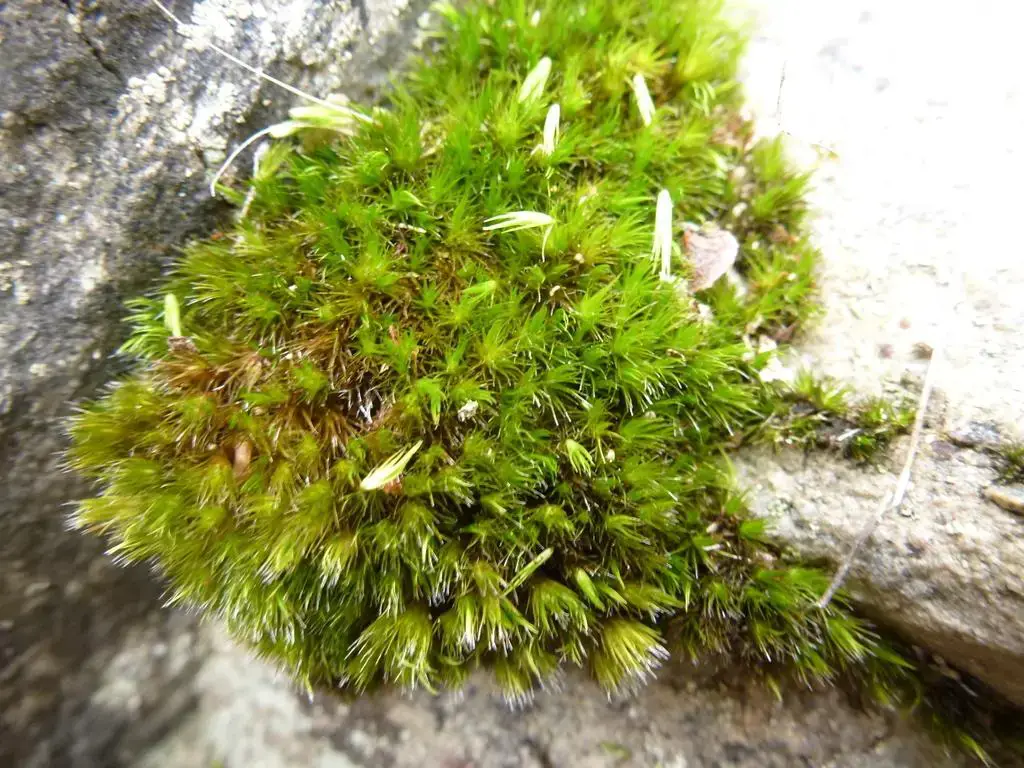
large.jpeg from: https://inaturalist.ala.org.au/observations/82263909
Introduction
In the vast and captivating world of bryophytes, one particular moss species stands out for its unique characteristics and ecological significance – the Campylopus surinamensis Müll.Hal. Belonging to the Leucobryaceae family, this moss is commonly referred to as Campylopus. Prepare to embark on an engaging journey as we delve into the fascinating realm of this remarkable plant.
Background
Before we dive into the specifics of Campylopus surinamensis, it’s essential to understand the broader context of bryophytes. These non-vascular plants, which include mosses, liverworts, and hornworts, play a crucial role in various ecosystems worldwide. They are often overlooked due to their diminutive size, but their importance cannot be overstated.
Main Content
Morphology and Identification
Campylopus surinamensis is a striking moss species characterized by its vibrant green hue and distinctive curved leaves. These curved leaves, which give the moss its name (Campylopus means “curved foot”), are a defining feature that aids in its identification. The moss forms dense tufts or cushions, creating a lush and verdant carpet on the surfaces it inhabits.
Global Distribution and Habitat
fe55a2.jpg from: https://davesgarden.com/guides/pf/showimage/269420/
This remarkable moss species is widely distributed across various regions of the world, including tropical and subtropical areas. It thrives in a diverse range of habitats, from moist and shaded forests to exposed rocky outcrops. Campylopus surinamensis is particularly well-adapted to acidic environments, making it a common sight on decaying logs, tree bark, and even soil rich in organic matter.
Ecological Roles and Adaptations
Despite its small stature, Campylopus surinamensis plays a vital role in its ecosystem. It acts as a pioneer species, colonizing disturbed areas and facilitating the establishment of other plant species. Additionally, its dense mats help retain moisture and prevent soil erosion, contributing to the overall stability of the environment.
One of the remarkable adaptations of Campylopus surinamensis is its ability to tolerate desiccation. During periods of drought, the moss can enter a state of dormancy, only to revive and resume growth when moisture becomes available again. This resilience allows it to thrive in a wide range of habitats and withstand environmental stresses.
Case Studies/Examples
In the tropical rainforests of Central America, Campylopus surinamensis is a common sight, forming lush carpets on the forest floor and tree trunks. Its presence contributes to the overall biodiversity of these ecosystems, providing microhabitats for various invertebrates and serving as a food source for some species.
Technical Table
| Characteristic | Description |
|---|---|
| Scientific Name | Campylopus surinamensis Müll.Hal. |
| Family | Leucobryaceae |
| Growth Form | Dense tufts or cushions |
| Leaf Shape | Curved, lanceolate |
| Habitat | Moist forests, rocky outcrops, decaying logs |
| Distribution | Tropical and subtropical regions worldwide |
| Ecological Role | Pioneer species, moisture retention, soil stabilization |
| Adaptations | Desiccation tolerance, acidic environment tolerance |
Conclusion
The Campylopus surinamensis Müll.Hal. moss, a member of the Leucobryaceae family, is a remarkable species that deserves our appreciation and admiration. Its unique morphology, global distribution, and ecological roles make it a fascinating subject of study. As we continue to explore the intricate world of bryophytes, let us ponder this thought-provoking question: How can we better protect and conserve these often-overlooked yet vital components of our ecosystems?